This post may contain affiliate links which means that if you click through to a product or service and then buy it, I receive a small commission. There is no additional charge to you.
High-risk merchant accounts exist for those who are considered high-risk by banks. They offer the merchant services certain individuals and businesses need to succeed that the main players won’t take on. There are many reasons why a business may be deemed as high-risk (which we’ll cover in-depth in this article). And with the right knowledge and information, even those who want to run their business but have been turned down by or have had trouble with mainstream merchant accounts and services can find a high-risk merchant account suitable for them.
What are high-risk merchant accounts?
These merchant accounts are offered by financial institutions for businesses that hold an increased risk of having to issue high-value chargebacks (types of card refunds that customers claim through their bank) or that carry a higher risk of being victims of fraud.
Individuals who want to run a business but have a high monthly sales volume (over £15,000) or who frequently conduct high-value transactions or have a poor credit rating or lack of credit history may also be considered high risk by banks. This higher risk (or perceived higher risk) will mean those who want to be taken on by high-risk merchant accounts will almost certainly have to pay higher fees. They may also have to hold a larger sum of money in the account to ensure the funds are available to cover these risk factors.
What makes a business high-risk?
Each payment processor that issues high-risk merchant accounts has its own risk standards. Some will consider your business high-risk while others don’t. This individualisation leads one to need to do the proper research before choosing a high-risk merchant account. But there are some across-the-board standards that many of them use as measures of a business’s risk. Some of which include:
- Monthly sales over £15,000.
- Poor credit rating or a lack of credit history (this includes personal and/or business credit rating).
- History of large chargebacks.
- Average credit card transaction value of over £400.
- Digital or abstract offerings of products such as software, bookings or tickets.
- Deals primarily in international transactions which involve countries with high chargeback risk (in general, this is anywhere outside the UK, EU, US and Australia and New Zealand).
Furthermore, there are particular industries which are generally considered high-risk. Some of these include:
- Brokers.
- E-books.
- Electronics.
- Vape and tobacco shops.
- Antique dealerships.
- Holiday businesses.
- Consultancy services.
- Health and wellness products.
- Nightclubs.
- Music and software.
- Money transfer companies.
- Adult entertainment
- Foreign exchange
- Cryptocurrencies
- CBD
- Gambling
- Agency services such as affiliate marketing and accounting.
The pros and cons of opening a high-risk merchant account.
There are several drawbacks to opening a high-risk merchant account. If you’re a business that’s interested in opening one, it’s important to consider these factors carefully.
The pros.
For many, the benefits will outweigh the negatives. In some instances opening a high-risk merchant bank account may be the only way to conduct business. This is likely true if you have a poor credit history, for example. And in fact, opening a high-risk merchant account can help you start rebuilding your credit score. Here are some of the more general and best positives about opening one of these accounts:
- A high-risk merchant account allows you to accept various currencies and sell to clients in countries that are considered high-risk.
- You can conduct business in some of these high-risk high reward industries, such as gambling and ticket services.
- These types of accounts can provide more leeway by allowing for an increase in potential chargebacks.
The cons.
One of the most obvious, which we’ve mentioned, is that you’ll likely have to pay higher fees and keep a heavier cash reserve at all times to cover potential losses from chargebacks or fraud. It’s important to note that the approval process is more complex and the processing times are longer.
How can I apply for a high-risk merchant account?
Applying for a high-risk merchant account will in many ways be similar to applying for a normal merchant account. But the process will be longer, more complex and will require more pieces in place to be approved. You’ll also need a lot of important paperwork, some of which will depend on the time of business and sector you’re inclined to. Some of these will include:
- Shareholders’ certificate.
- Company incorporation certificate.
- A chart showing your organisation’s structure.
- Processing history for at least the previous six months before applying which shows the total value of transactions, the volume of transactions and chargeback percentage.
- Copies of passports and utility bills for local directors and shareholders who hold more than a 15% stake.
It’s important to note that because of the complexity and risk assessment brought forth by these providers decisions will be made on a case-by-case basis. And if you’re accepted, they may offer you particulars as to what will and will not be included in your merchant account.

